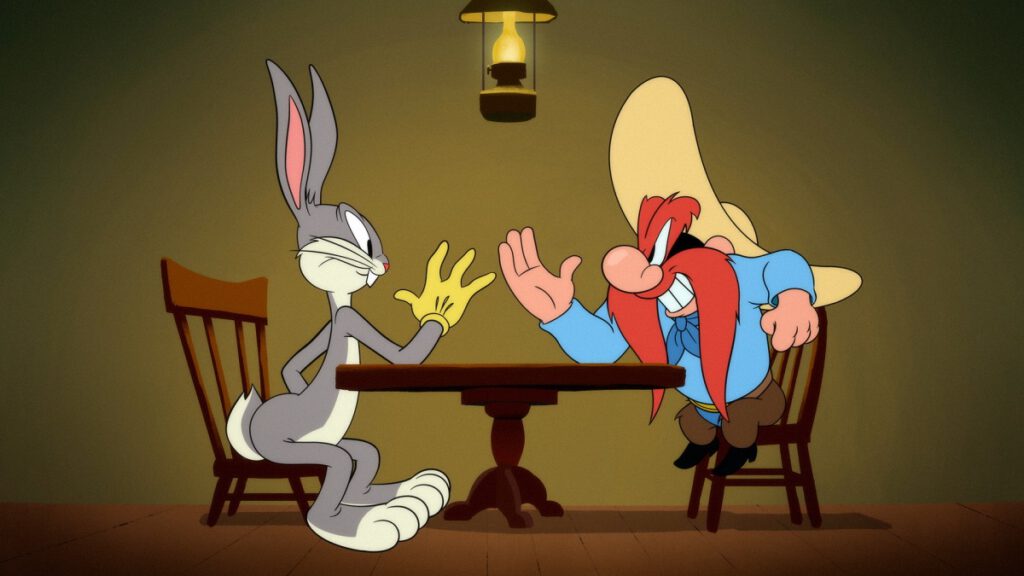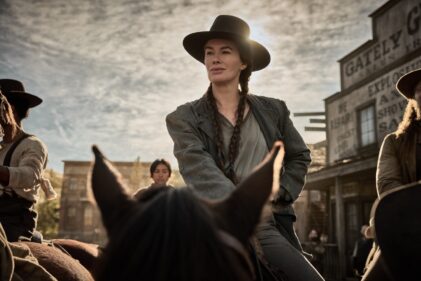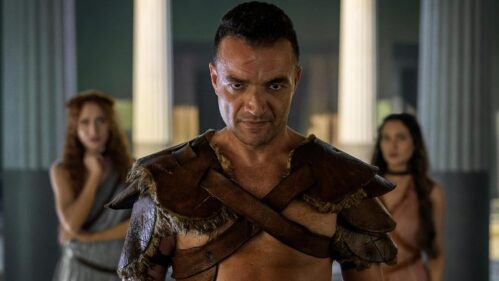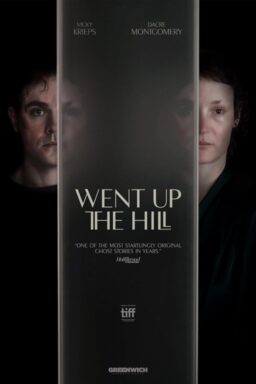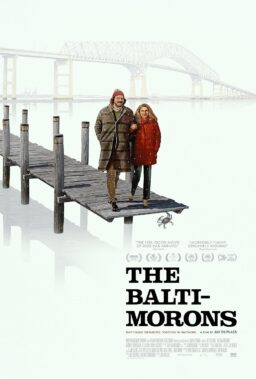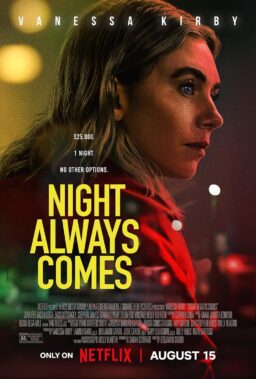I’m always a little hesitant when properties I loved as a child are rebooted for a new generation. I’m old enough to remember the pain of the film version of “The Adventures of Rocky and Bullwinkle.” More recently, “Scoob!” simply doesn’t understand what most people liked about its source material. I’m not saying a reboot needs to be slavishly loyal to its inspiration, but it’s nice to feel like the creators of a new version of a classic understand what made the first one work. And there have been enough half-hearted, mediocre reboots of Looney Tunes over the years that I was apprehensive about the new iteration, premiering on HBO Max with launch on May 27th. Almost immediately, I felt safe.
The people behind “Looney Tunes Cartoons” completely understand why Bugs Bunny, Daffy Duck, and the rest of the gang became icons. Talents from great modern animated shows like “Steven Universe” and “Star vs. the Forces of Evil” have come to the world of Looney Tunes with enough reverence and creativity that most kids won’t see the difference between the originals and these new cartoons. They’re not trendy updates for the iGeneration or modern takes on classics. They’re an attempt to just make more of what people loved. The same classic pairings, the same vaudeville sense of humor, the same visual delights. And there are going to be 80 of them on HBO Max, including holiday specials. I will watch every single one.
From the beginning “Looney Tunes Cartoons” embraces its origins, using not just the same fonts and graphics as the classics but updated versions of the classic music from them as well. But there’s more to what’s happening here than mere mimicry—there’s an understanding of tone and, yes, character. From the very first short, in which Porky Pig and Daffy Duck seek the lost treasure of the legendary Monkey-Bird, it’s like seeing classic comedians resurrected in their prime. There’s Daffy stepping on all the booby traps while Porky gets all the damage. Future shorts available to press include Bugs Bunny tricking Yosemite Sam through an arm wrestling match and Sylvester the Cat thinking he finally ate Tweety, and now he’s haunted by the yellow bird. You won’t find references to Tik Tok or Instagram on “Looney Tunes Cartoons.”

And it’s not only the sense of humor that has come through the years to this new iteration but strong visuals as well. So much of “Looney Tunes” is based on physical humor and visual flights of fancy, but the simple animation of the original was often borne out of necessity. Even with all the new technology at their disposal, the new creators keep “Looney Tunes” delightfully simple visually. The backgrounds look like matte paintings and the characters look hand-drawn, altered ever so slightly from the source in ways that only the most diehard fans will notice.
It does take some time to get used to the new voices. Eric Bauza is a veteran of over 200 animated series, and has voiced dozens of iconic characters in cartoon form, including Fozzie on “Muppet Babies,” Woody Woodpecker, Stimpy, Donatello, and many more. He’s earned his shot at Bugs Bunny, Daffy Duck, Marvin the Martian, and Tweety Bird. And while his Bugs sounded a bit off at first, I got used to it quickly. The same holds for all of the voice work.
Some people will look at “Looney Tunes Cartoons” and think that just copying greatness isn’t that much of an achievement. They’re wrong. Nailing the tone of the original Looney Tunes shorts in a way that can impress a diehard fan like me is not nearly as easy as it looks. It’s a product of hiring the right, talented animation veterans, people who are probably in this field because of Mel Blanc, Friz Freleng, Chuck Jones, and the rest of the legends who changed animated comedy with the adventures of a wise-cracking rabbit and a doomed duck.
Three episodes screened for review.

